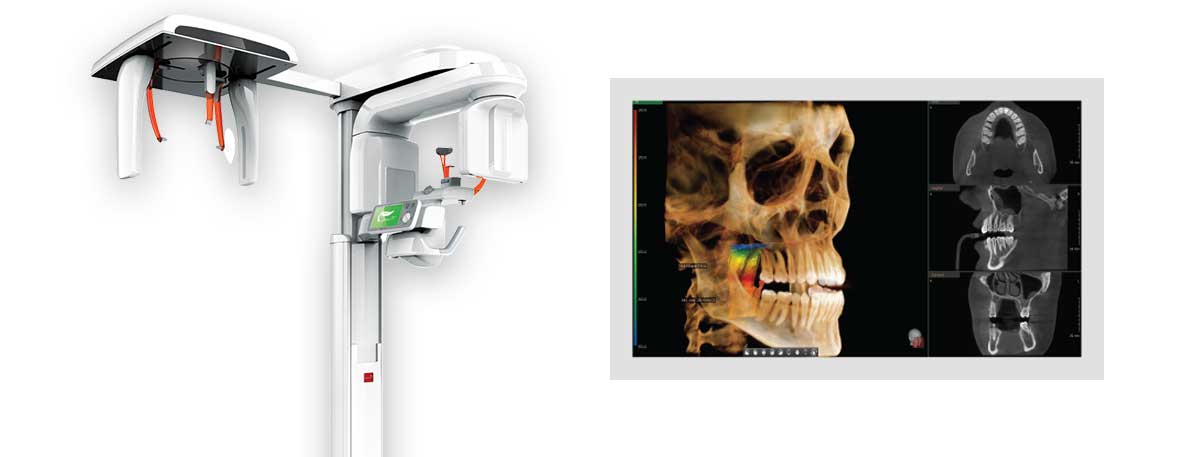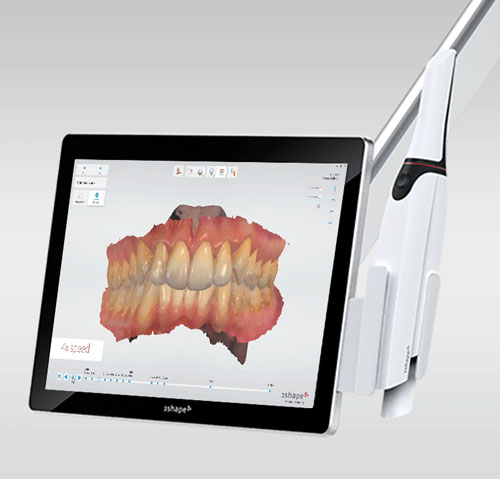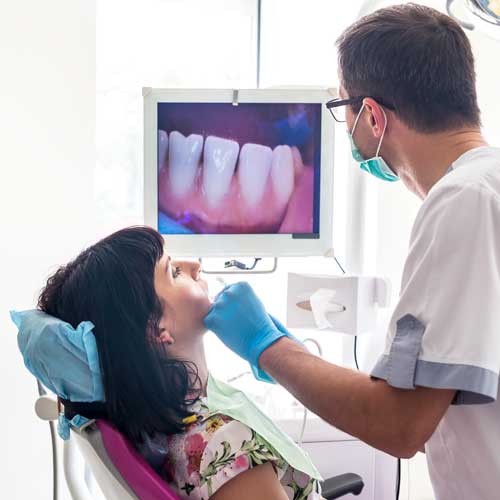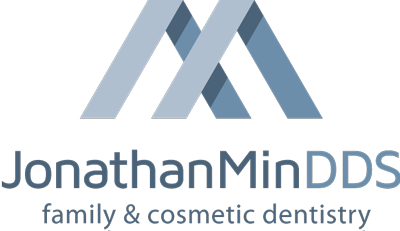
Advanced Technology
Conservative Care with Cutting Edge Technology
Here at Jonathan Min DDS we've invested in the latest cutting edge technology to provide our patients with the best possible care and outcomes. We use state-of-the-art dental equipment and technology to ensure your visits are as precise, smooth and gentle as possible. Check out the technology we are proud to provide our patients with. We also have invested in infection control procedures and equipment.
Cone Beam CT
Dr. Min uses the Cone Beam CT x-ray equipment, which allows him and his staff to see and assess problems that would often go undiagnosed with standard 2D technology. Using this machine, Dr. Min can map out an entire course of treatment with precision and accuracy.
Common ways in which we utilize the Cone Beam CT are to plan the accurate placement of dental implants in 3 dimensions, evaluate the jaw, determine tooth orientation and bone structure, surgically plan for the removal of impacted teeth, and more. From complex implant surgery to TMJ diagnosis, our Cone Beam CT is an incredible asset to our dental office and for our patients treatment outcomes.

Intraoral Scanner
Tired of a goopy mess whenever the dentist says they need to take impressions of your teeth? We were too! We use an intraoral scanner that allows us to take impressions of your teeth without the mess.
All patients, not just those with a bad gag reflux, have been delighted by this technology. Common services we use the scanner for are dental implants, veneers, crowns and more.


Intraoral Camera
Ever wonder exactly what the dentist sees inside your mouth? With Dr. Min's use of an intraoral camera, you now can see what’s going! The advanced technology of an intraoral camera allows the doctor to see full images of a single tooth or your entire mouth on a monitor. The images created with an intraoral camera can help the doctor and boost awareness to the patient of what is going on inside their mouth. Intraoral cameras have been very effective in stating cases to insurance companies that otherwise would have been denied. They provide proof of clinical diagnostics.
